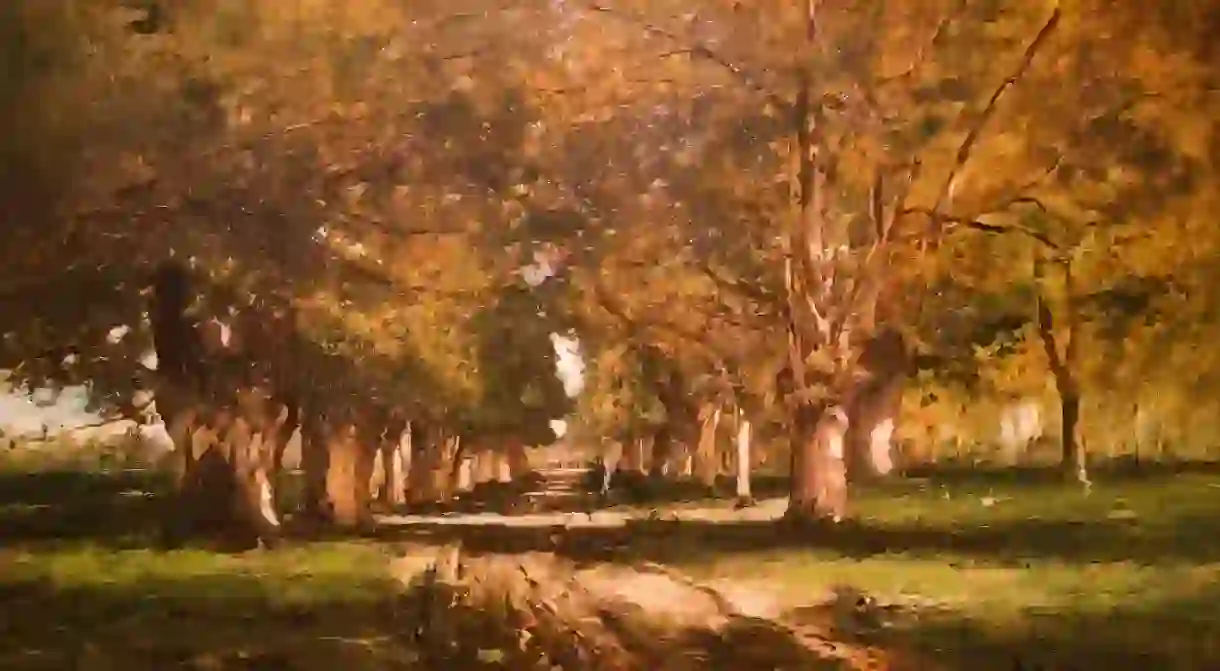7 Artists from Hungary

Over the years Hungary has given the world a number of brilliant artists, displaying talent in a range of mediums, from photography to optical art. If you’re looking to discover some of the nation’s most iconic creatives – and where to see their work in the country – read on!
Mihály Munkácsy
School

Brassaï
Originally named Gyula Halász, Hungarian-French artist Brassaï was born in 1899 in the then-Kingdom of Hungary, however would find his greatest success as an artist in Paris. Having studied at fine arts academies in Hungary and Berlin, he moved to the French capital in 1924 and – after originally focusing on painting and sculpture – became interested in photography. His first collection of photographs was released in 1933, in the book Paris de Nuit, which focuses on the seedier side of Paris after dark, and he is now known as a leading figure in street photography.

Anna Margit
Victor Vasarely
Church, Museum

Margit Kovács
Ceramicist and sculptor Margit Kovács was born in the Hungarian town of Győr in 1902, going on to study in Budapest, Vienna and Munich, developing an interest in ceramics and sculpture along the way (her initial focus was graphic art). Her works incorporate Hungarian folk and religious themes, and indeed a number of her pieces can be found in churches across Hungary. Throughout her lifetime, she achieved success both at home and abroad, continuing to produce work under the Communist regime.
Where to see her art: Much of Kovács’ work can be seen in public institutions such as at the Déli Train Station in Budapest, as well as on streets throughout the city. However, the best place to see her work is at the dedicated Margit Kovács Ceramic Museum, Vastagh György u. 1, 2000, Szentendre.

Ervin Marton
Tivadar Csontváry Kosztka
A member of the early 20th century avant-garde movement, Hungarian painter Tivadar Csontváry Kosztka suffered from the artistic affliction of being underappreciated during his lifetime. Known for his post-impressionist and expressionist works, he achieved some level of success in Western Europe, however in his native country he was often derided for his eccentric views and his work found little appreciation. Almost a century on from his death in 1919, he is known as a pioneer of Hungarian art and the Csontváry Museum in Pécs stands as a tribute to his art.
Where to see his art: The Hungarian National Gallery, 14 Budapest, Szent György tér 2., 1013 Hungary; the Csontváry Museum, Pécs, Janus Pannonius u. 11, 7622 Hungary














